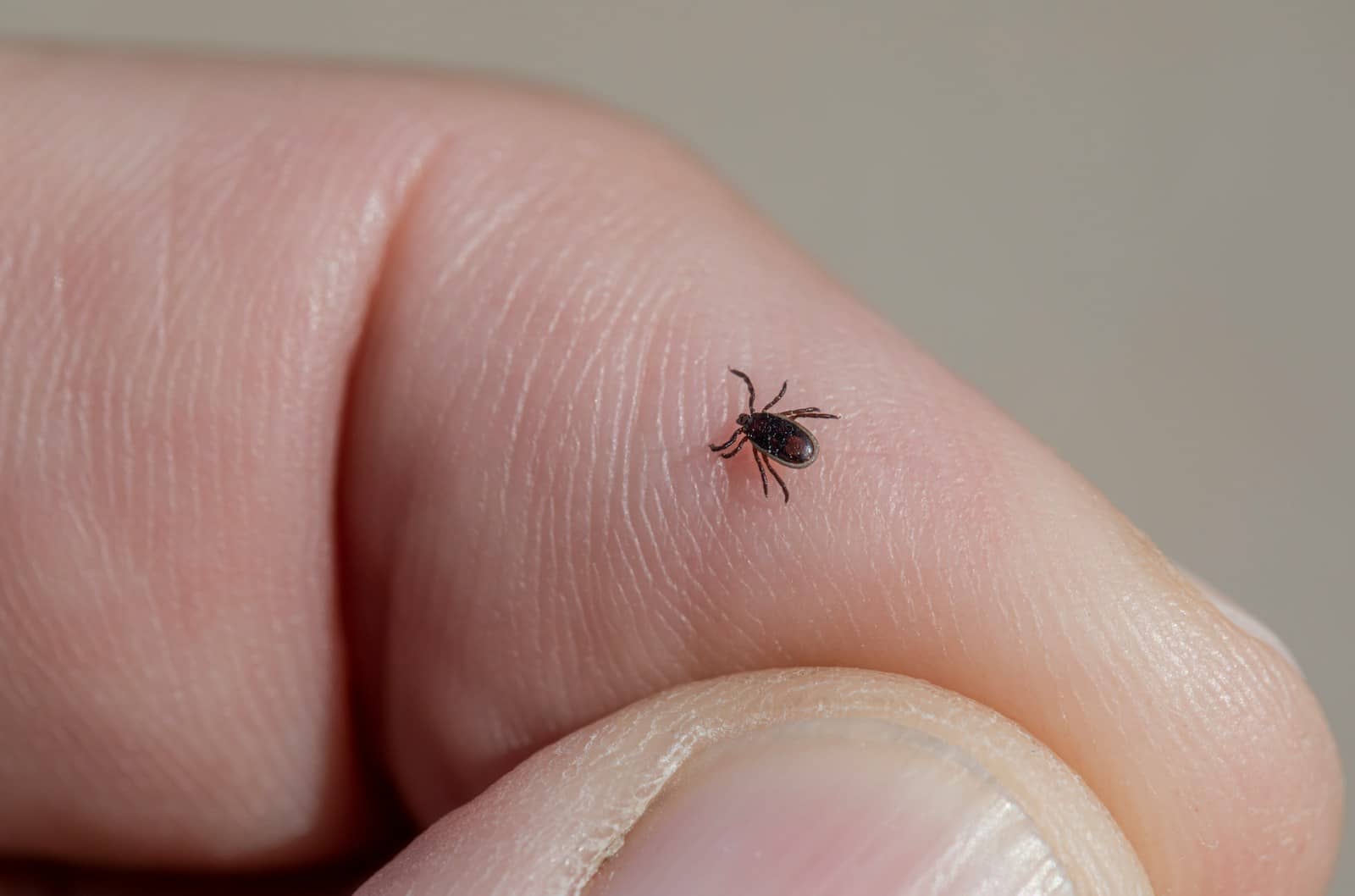Warning: Tick Danger After Mild Winter
As the snow melts and the days grow longer, the signs of spring are welcomed with open arms. However, this season of renewal also brings with it a hidden danger that lurks in the great outdoors: tick-borne diseases. After a particularly mild winter, experts are raising the alarm about the increased activity of these tiny but formidable creatures.
Tick-borne diseases, such as Lyme disease, anaplasmosis, and Rocky Mountain spotted fever, pose a significant threat to public health. These illnesses can lead to severe and long-lasting symptoms if not identified and treated promptly. The mild winter has allowed ticks to thrive, increasing the risk of disease transmission to humans.
Areas across the United States, particularly in the Northeast and Midwest, have reported a surge in tick populations. States like Connecticut, which saw a rare case of Rocky Mountain spotted fever, are on high alert. The CDC has noted that the number of Lyme disease cases has doubled since 2000, and with the favorable conditions for ticks, this trend is likely to continue.
The rise in tick activity is not confined to the United States. Globally, regions from western and northern Europe through to northern and eastern Asia report thousands of cases of tick-borne encephalitis each year. Countries like Russia, the Baltic states, and Slovenia have seen the highest incidences in recent years.
The threat is real, and the time to act is now. We must raise awareness about the dangers of tick-borne diseases and encourage proactive measures to prevent them. This includes checking for ticks after spending time outdoors, wearing protective clothing, and using tick repellents.
As we embrace the warmer weather and the beauty of nature, let us not forget the responsibility we have to protect ourselves and our loved ones. By staying vigilant and informed, we can enjoy the outdoors while keeping the threat of tick-borne diseases at bay.
Remember, the best defense is a good offense. Take the necessary precautions, and don’t let ticks take away the joy of spring.


